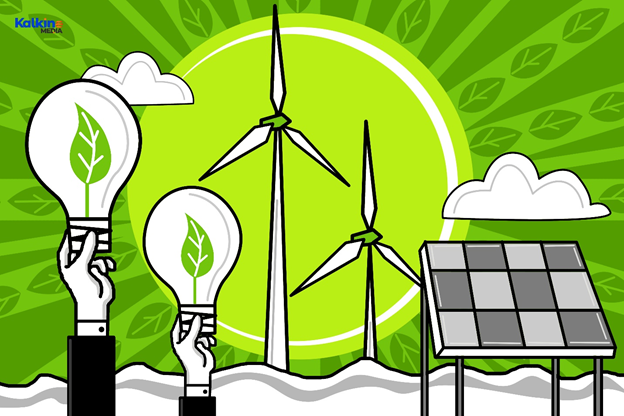Summary
- Go green is the new reality
- Countries corporations are struggling to lessen their carbon emissions
- But go green presents some challenges for the future
Undoubtedly, going green is the need of the hour. Every country in the world is setting targets for itself for low carbon emissions. The U.S. held a Climate Change conference after Joe Biden took over as the President of the United States. On Wednesday last, the European Union came out with sweeping new legislation to help meet targets of gas emissions that cause global warming by 55% over the decade and a plan to tax foreign companies for the pollution they cause.

Image Source: Copyright © 2021 Kalkine Media
The new legislation has several more proposals ranging from actual phasing out of petrol and diesel cars by 2035 to levies on gases from heating buildings.
They involve emissions trading programme, whereby companies pay for the carbon they emit.
Similarly, many countries through regulations or incentives have tried to bring the corporations: to devise strategies to lessen their emissions.
Also Read: Four sustainability trends as green transition heats up
Let’s look at the green energy options and see whether they are completely free of environmental risks. There are challenges `go green’ can also pose that are unexpected and sometimes unnoticed.
Nuclear Power: Nuclear energy is considered as a clean source of energy, it is sustainable energy source, nuclear energy lowers greenhouse gas emissions and produces far less wastes than conventional energy. A majority of energy experts believe that it is a clean source of energy. However, at the same time, many have raised concerns around its disadvantages like splitting of the nucleus creating radioactive emissions, which pose many threats to public health and the environment.
It has low carbon emissions than coal-fired electricity but it produces toxic wastes that must be stored for centuries. It is a big environmental disaster risk.
Also Read: What is nuclear energy? What is its importance?
Wind Energy: Another low carbon energy source that have huge blades that need replacement after 10-20 years, and they cannot be broken down or crushed, they will need to be buried. That is a bad thing and could be an environmental hazard.
Also Read: What is a net zero economy? Is it possible?
EVs: EV batteries require lithium and cobalt that is mined in underdeveloped countries.
There are large-scale human rights issues like extra working hours, low salaries and human exploitation. The environmental challenges are in terms of wastelands and impact on water quality also present themselves in a big way. EVs may be running on low carbon fuel but for their production more carbon is generated than the manufacture of a petrol car.
An EV is no doubt a low emission vehicle, but it is powered by high carbon sources in some countries. In case of EVs battery disposal is also a big problem.





